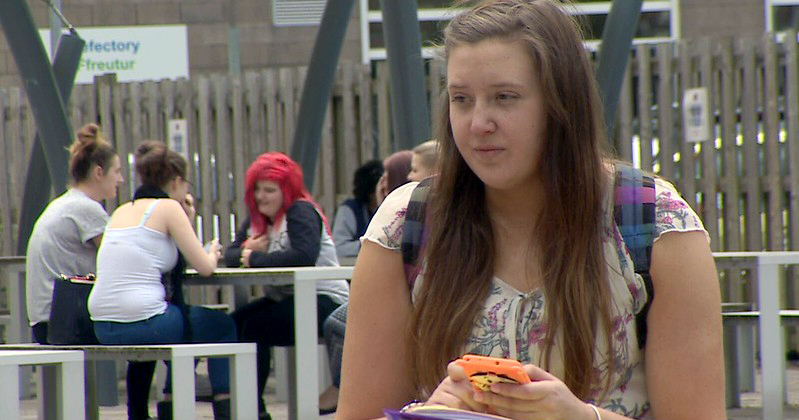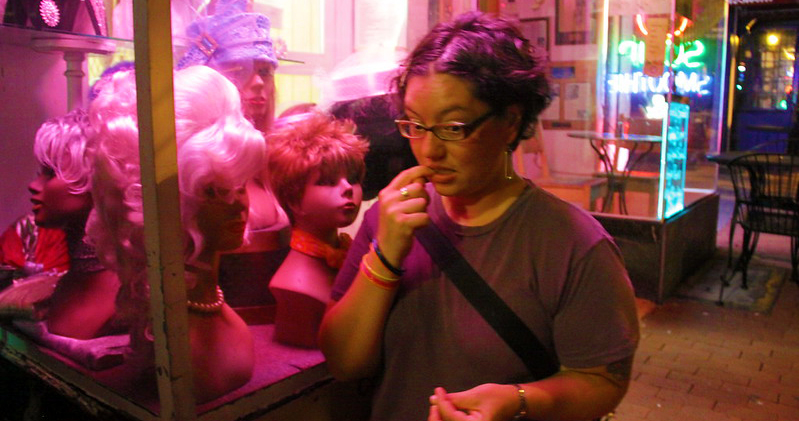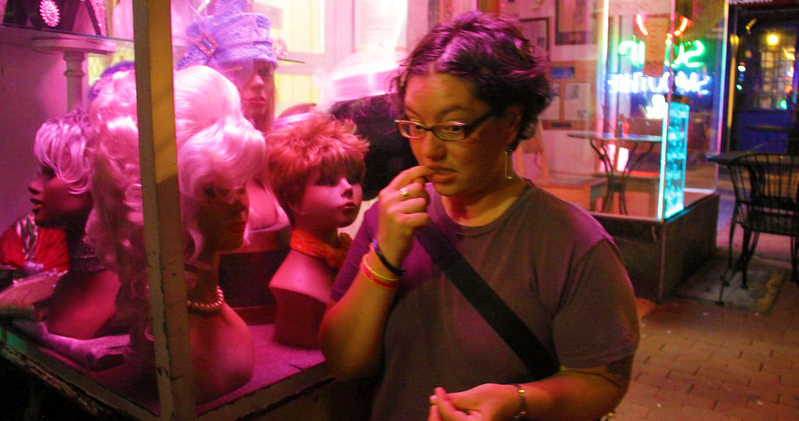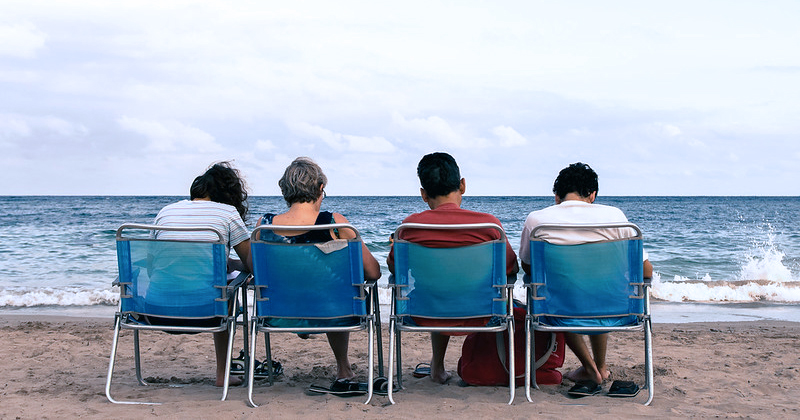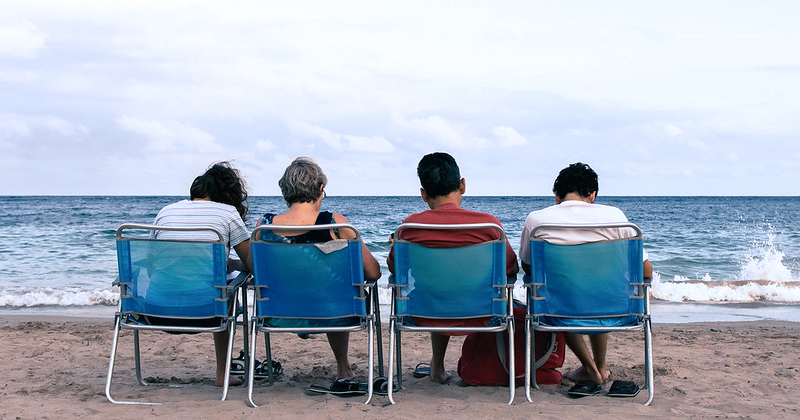Evaluation
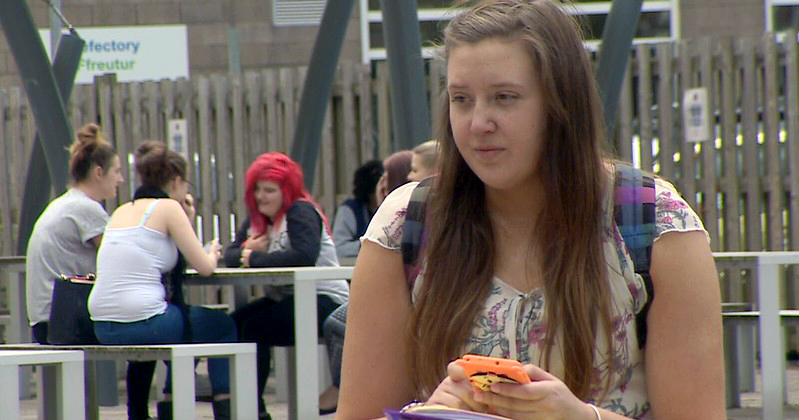
“All the information contained in this section is for guidance only. Psious environments are therapy supporting tools that must be used by the healthcare professional within an evaluation and intervention process designed according to the characteristics and needs of the user.
Also remember that you have the General Clinical Guide in which you have more information on how to adapt psychological intervention techniques (exposure, systematic desensitization, cognitive restructuring, chip economy…) to Psious environments.“
Social Anxiety Assessment
As mentioned above, this environment not only serves for exposure, but is also useful for assessment.
Activate the environment having given minimal instructions about what the patient will see.
During playback, you will be able to evaluate the patient’s behavior, both on a non-verbal level, if he continues the conversation, seeking eye contact, if he orients his body, if he makes gestures that accompany his speech, and on a verbal level, that is, how he intervenes, if it is fluid, with adequate volume, etc.
Later, by asking the patient, you can also evaluate what happened at a cognitive level.
Evaluation objectives
- To evaluate the presence and comorbidity of other emotional disorders, especially other anxiety disorders.
- Evaluate anxiety associated with components: being in a social situation or performance where one is exposed to evaluation by others.
- Define stimulus configurations feared by the patient and to what degree. Elaboration of the exposure hierarchy.
- Evaluate the presence of distorted thoughts: believe that others are observing you excessively and that they are going to evaluate you negatively, underestimate your own abilities, evaluate excessively negatively your own social performance, think that if you make a mistake, everyone will laugh …
Some useful instruments for the evaluation of social anxiety
Taking into account the evaluation objectives, we will now list some tools and instruments that may be useful to obtain relevant information about the characteristics of your user. Remember that a good definition of objectives, characterization of the patient and planning of the intervention are important for the efficiency and therapeutic efficacy, as well as for the satisfaction of your patients. In the bibliography you will find the articles in which to review the characteristics of the instruments proposed below:
For a complete evaluation of the problem, a combination of the following instruments will be used:
- Open or semi-structured interview.
- Structured Interview: Interview for Anxiety Disorders according to DSM-IV (ADIS-IV)
- Observation and self-observation (with self-registration):-registration
- Approach test in vivo and / or through virtual reality
- Self-report Relaxation
- Scale TOP-8
- Global Index of Duke DGRP
SELF-REPORTS
- Anxiety and Social Avoidance Scale (SADS)
- Anxiety and Social Phobia Inventory (SPAI)
- Fear of Negative Evaluation(FNES)
- ScaleInteraction Anxiety Scale (IAS)
- Psious Self-reports for the elaboration of the hierarchy
Some useful tools for the evaluation of social anxiety
Once we have the evaluation information we can proceed to develop the exposure hierarchy. To do this, in addition to using the data obtained during the initial assessment, we can ask a series of questions (eg, what level of discomfort, on a scale of 0 to 100, does it cause you to be in a bar talking to friends? What level of discomfort, on a scale of 0 to 100, would you have to ask a waitress to change your drink? Do you think there is something that could generate even greater discomfort? …) aimed at planning the intervention through virtual reality.
Below are a number of items that could be used to create a proper hierarchy for treating social anxiety with Psious. It must be taken into account that we could ask the patient about the anxiety that these items generate, and from this, gradually graduate the different elements of the hierarchy.
- Being in a bar with some friends.
- After making an intervention in a conversation with friends, one of them makes a critical comment.
- Having to ask where the bathroom of a bar is.
- Being unkindly asked by a friend to call the waitress.
- Having to thank your partner for paying the bill.
- Ask for your opinion about cinema.
- Receive a friendly response from the waitress when ordering the drink.
